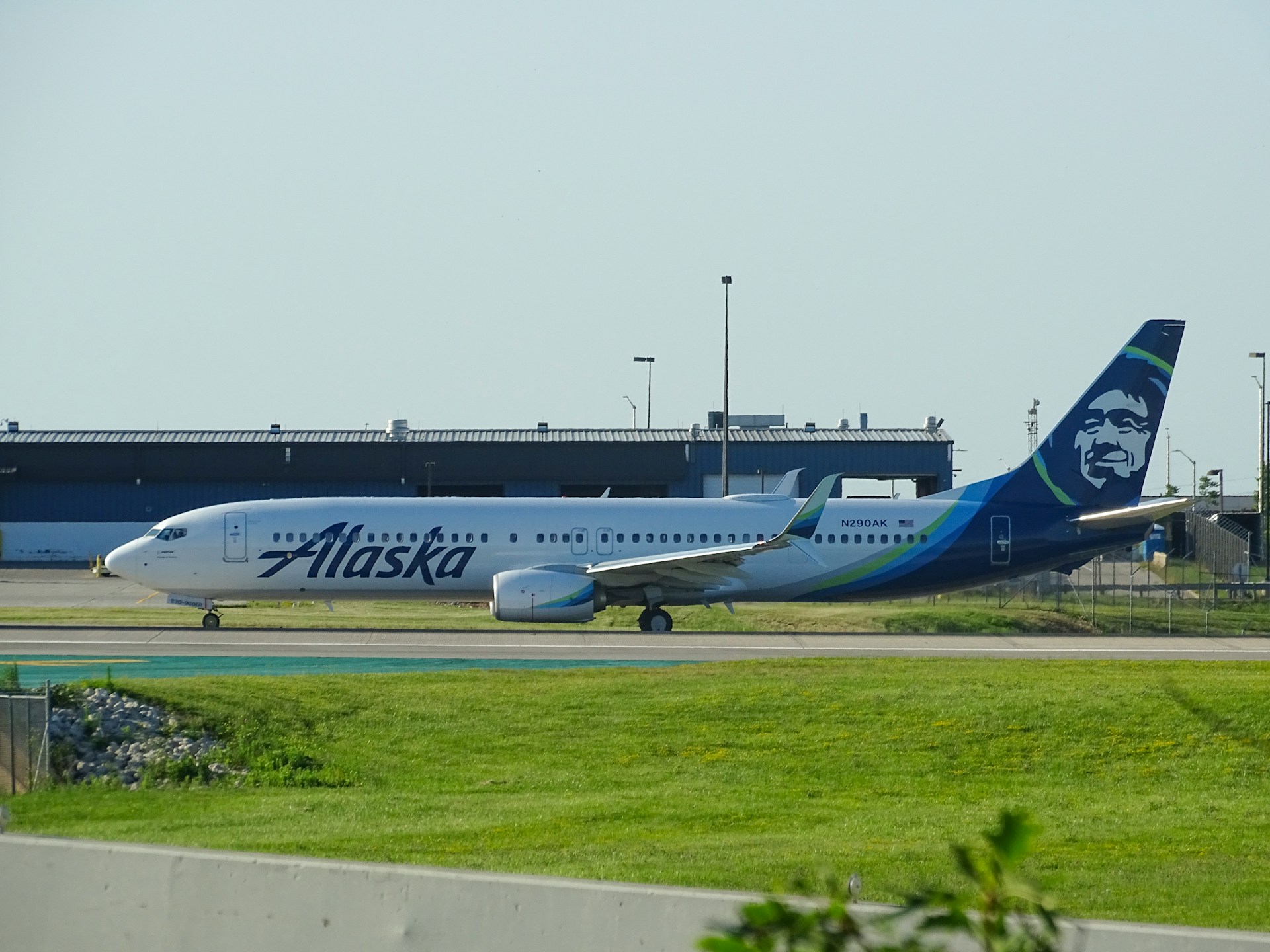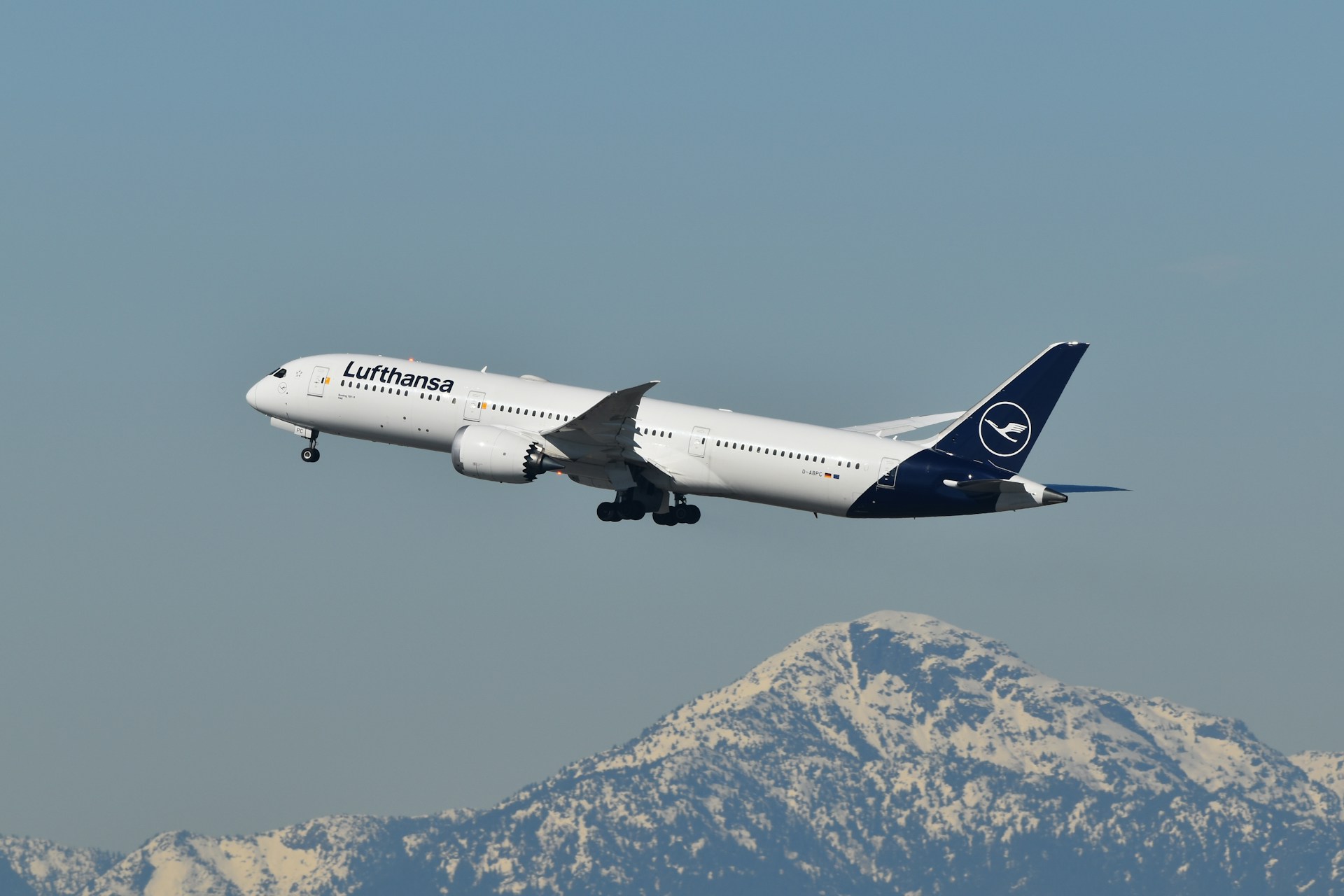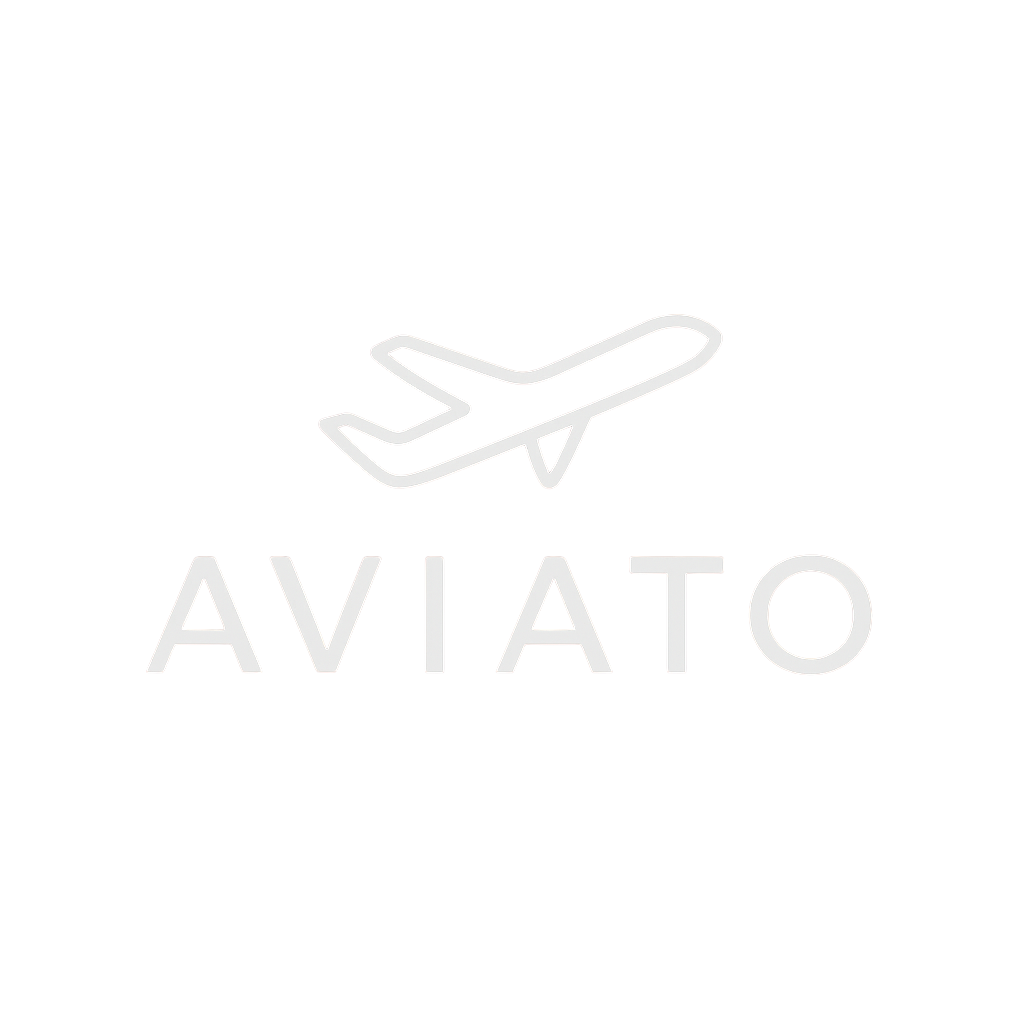Alaska Airlines Pushes Boeing 737 MAX to Nine-Hour Flight Limits
Key Takeaways
- Alaska Airlines is extending Boeing 737 MAX flights to up to nine hours, showcasing the aircraft’s long-range potential.
- Seattle–East Coast transcontinental services and select international routes likely represent the carrier’s longest 737 MAX deployments.
- Extended-range narrow-body operations allow Alaska to serve thinner long-haul routes that wouldn’t justify wide-body aircraft.
- The move reflects a wider industry trend of using single-aisle jets for markets once reserved for larger planes.
- Alaska’s 737 MAX expansion improves its competitive positioning in transcontinental and niche long-haul markets while maintaining fleet efficiency.
Alaska Airlines Maximizes 737 MAX Capabilities
Alaska Airlines is pushing its Boeing 737 MAX fleet to the limit, operating flights lasting up to nine hours. These ultra-long routes highlight how fuel-efficient, next-generation narrow-body aircraft are transforming airline economics.
Traditionally, flights of such duration required wide-body jets like the Boeing 767 or Airbus A330. But the 737 MAX, with its enhanced fuel efficiency and range, makes thin long-haul markets viable without the risk of deploying larger aircraft. For Alaska, this opens opportunities to connect secondary or niche destinations directly from its West Coast hubs.
Strategic Route Development
Alaska’s longest 737 MAX operations likely include transcontinental flights from Seattle to New York, Miami, and Boston, along with select international services. Analysts note that the aircraft’s nine-hour range could also support future routes to Iceland, Eastern Canada, or Northern Europe, further expanding Alaska’s global reach.
The airline’s strategy emphasizes route experimentation. By testing markets with the 737 MAX, Alaska can assess passenger demand without the cost risk of wide-body deployment. Successful routes can later see increased frequencies, while underperforming ones can be quickly adjusted or discontinued.
Operational and Economic Advantages
The decision to run nine-hour services with the 737 MAX provides Alaska with flexibility and efficiency. Narrow-body aircraft require fewer passengers to break even, which allows the airline to profitably serve thinner long-haul markets that wouldn’t sustain wide-body economics.
The MAX’s fuel burn efficiency makes long-haul narrow-body operations not only possible but profitable. Combined with Alaska’s hub-and-spoke network centered in Seattle, the fleet allows the carrier to connect smaller markets with lower risk, while offering passengers more direct, nonstop service.
Competitive Implications
Alaska Airlines’ 737 MAX deployment strengthens its position against legacy carriers such as Delta, United, and American, all of whom dominate traditional long-haul markets. By using narrow-bodies for long flights, Alaska offers point-to-point convenience, potentially reducing reliance on congested hub connections.
The move also ties into Alaska’s growth trajectory following its Virgin America acquisition, which expanded its transcontinental footprint. With the 737 MAX, Alaska can now blend short-haul network efficiency with select long-haul opportunities at lower operating costs.
Industry Trends and Future Outlook
Alaska’s strategy mirrors a broader industry-wide trend: airlines increasingly use long-range narrow-body aircraft like the Boeing 737 MAX and Airbus A321XLR to unlock new routes. These jets allow carriers to bypass the cost burden of wide-bodies while still accessing intercontinental markets.
For Alaska, the nine-hour 737 MAX flights could pave the way for future expansion into secondary international markets, particularly in Europe and the North Atlantic. The airline’s success will depend on passenger response to long narrow-body flights, as well as its ability to maintain comfort and service standards.
FAQs
What are Alaska Airlines’ longest 737 MAX flights?
Flights up to nine hours are primarily transcontinental routes from Seattle to East Coast cities, with potential for international services like Iceland.
Why use the 737 MAX instead of wide-bodies?
The 737 MAX allows Alaska to serve thinner markets economically, requiring fewer passengers to achieve profitability compared to larger aircraft.
What destinations are possible with nine-hour MAX flights?
Transcontinental U.S. markets, Caribbean islands, Eastern Canada, and Northern Europe (e.g., Iceland) are within range from Alaska’s hubs.
How do passengers experience long MAX flights?
Alaska has upgraded cabin amenities on its MAX fleet, offering modern seating, in-flight entertainment, WiFi, and meal service for extended trips.
What competitive advantage does Alaska gain?
The ability to run long narrow-body flights gives Alaska cost efficiency, route flexibility, and new market access, enhancing its competitive edge against legacy carriers.
✈️ Bottom Line:
Alaska Airlines is proving that the Boeing 737 MAX isn’t just a workhorse for short-haul routes—it’s a game-changer in long-haul aviation economics, offering passengers more nonstop options while enabling the airline to grow strategically with lower risk.
.zip%20-%201.PNG)



